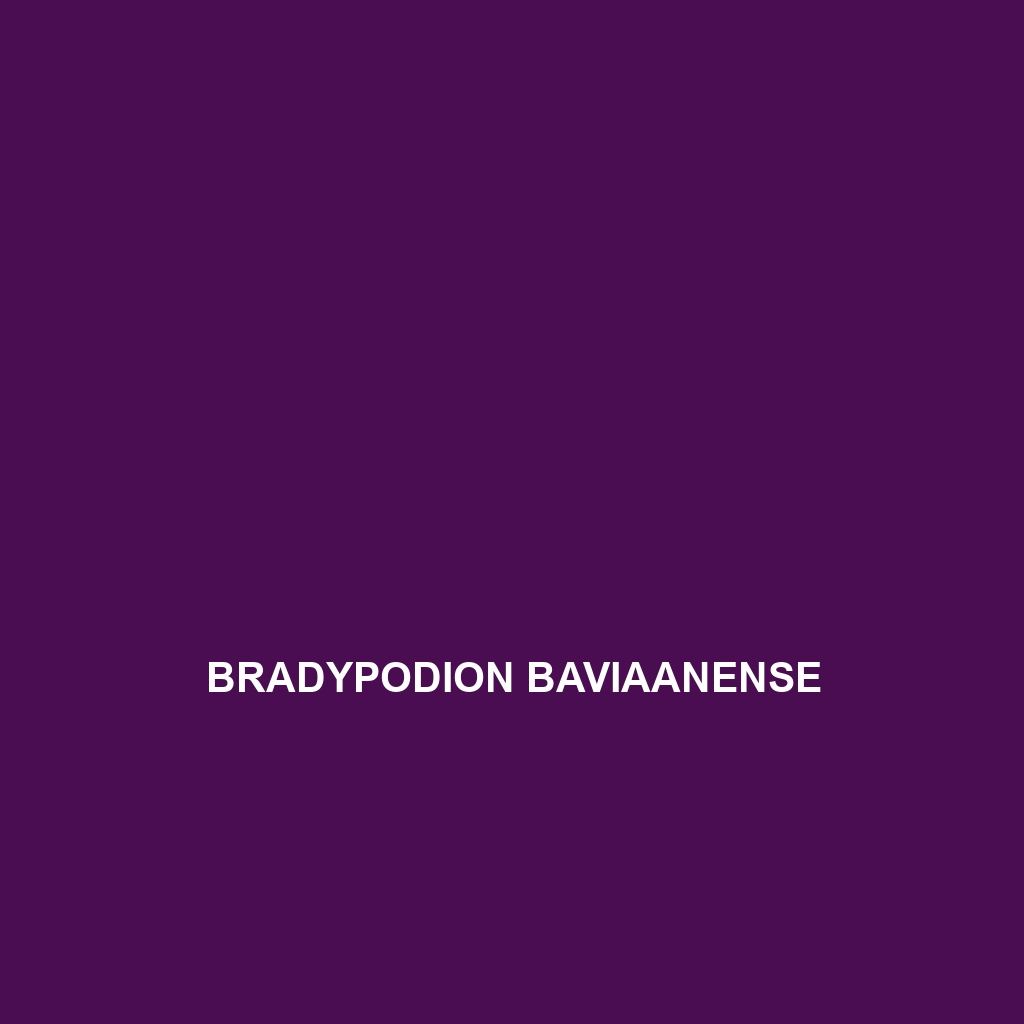<p><b>Mabuya desiradae</b>, also known as the Desirada skink, is a small, diurnal lizard native to the rainforests and savannas of the Indian Ocean islands, particularly Desirade in Guadeloupe. This omnivorous species is known for its sleek body, ability to regenerate its tail, and vibrant coloration, contributing significantly to the ecosystem by controlling insect populations.</p>
Tag: native species
Lophocalotes ludekingi
<p><b>Lophocalotes ludekingi</b>, a vulnerable herbivorous lizard native to the rainforests of Southeast Asia, exhibits nocturnal behavior, remarkable agility, and unique color-changing capabilities. Measuring 15-20 cm in length, it thrives in high humidity environments, contributing to ecosystem balance through its feeding habits and seed dispersal efforts.</p>
Holbrookia subcaudalis
<p>Discover the <b>Lesser Earless Lizard (<i>Holbrookia subcaudalis</i>)</b>, a small, fascinating reptile native to the arid regions of North America, known for its distinctive lack of external ears and excellent camouflage. These insectivorous lizards thrive in sandy habitats, playing a crucial role in controlling insect populations and supporting the ecosystem's health.</p>
Goniurosaurus hainanensis
<p><b>Goniurosaurus hainanensis</b>, or the Hainan gecko, is a nocturnal insectivore native to the tropical rainforests of Hainan Island, characterized by its robust body, striking brown and gray coloration, and unique climbing abilities. This vulnerable species plays a crucial role in controlling insect populations and serves as both predator and prey within its ecosystem.</p>
Geophis duellmani
Discover the captivating Geophis duellmani, or Duellman's Earth Snake, a slender, nocturnal species native to Central America's moist montane forests. With its unique camouflage and diet of small invertebrates, this intriguing snake plays a vital role in maintaining ecological balance.
Eurydactylodes symmetricus
The <b>Eurydactylodes symmetricus</b>, or symmetric gecko, is a <b>vulnerable</b> species native to the rainforests of New Caledonia, known for its distinctive camouflage and nocturnal behavior. Measuring 7 to 10 cm, this insectivore plays a crucial role in maintaining ecological balance by controlling insect populations and facilitating pollination within its tropical habitat.
Emoia sorex
The <b>Emoia sorex</b>, or short-tailed skink, is a small to medium-sized reptile found in the tropical regions of the South Pacific, characterized by its agile movement, short blunt tail, and vibrant coloration. Primarily insectivorous, this adaptable skink plays a crucial role in regulating insect populations and contributes to its ecosystem through foraging and nutrient cycling.
Cryptoblepharus aldabrae
Discover the unique Cryptoblepharus aldabrae, a vulnerable small skink endemic to the coastal regions of Aldabra Atoll, featuring a slender body with glossy scales and remarkable camouflage. This diurnal species plays a vital role in its ecosystem by controlling insect populations while serving as prey for various predators.
Brookesia tuberculata
Discover the fascinating Brookesia tuberculata, one of the world's smallest chameleons, native to the humid forests of Madagascar. With its unique flattened body, distinct tubercles, and exceptional camouflage, this nocturnal insectivore plays a vital role in its ecosystem while facing threats from habitat destruction.
Bradypodion baviaanense
Discover the Baviaanskloof chameleon (Bradypodion baviaanense), a vibrant and unique species found in South Africa's temperate forests, known for its ability to change color, arboreal lifestyle, and diet primarily consisting of insects. Classified as Vulnerable, this chameleon plays a vital role in its ecosystem, contributing to insect population control while facing threats from habitat loss.









